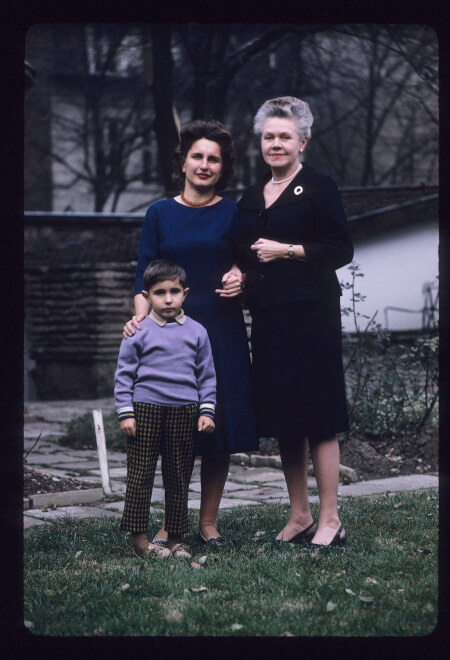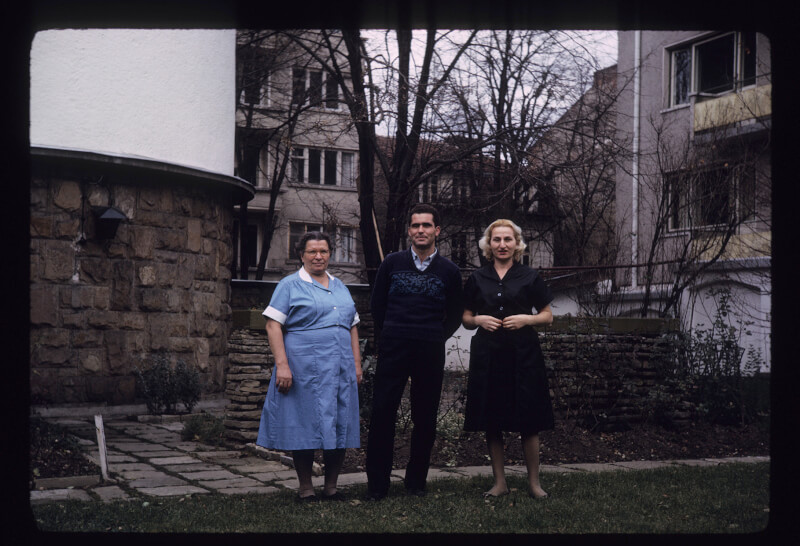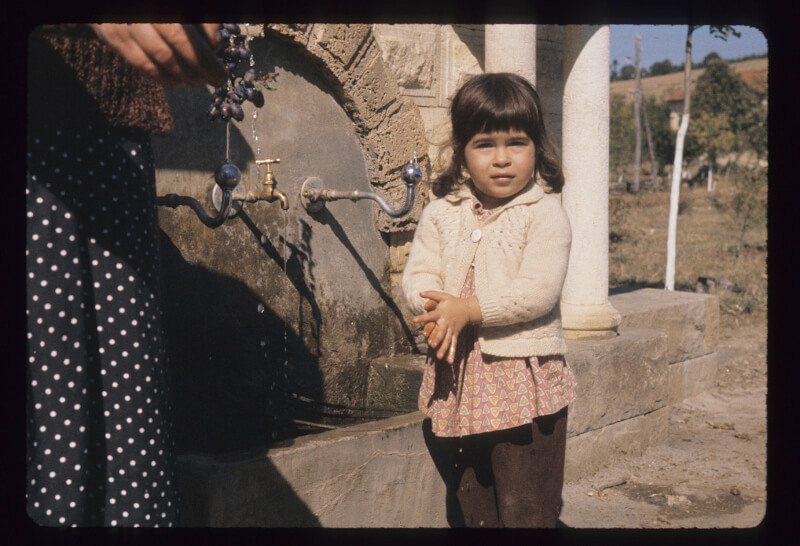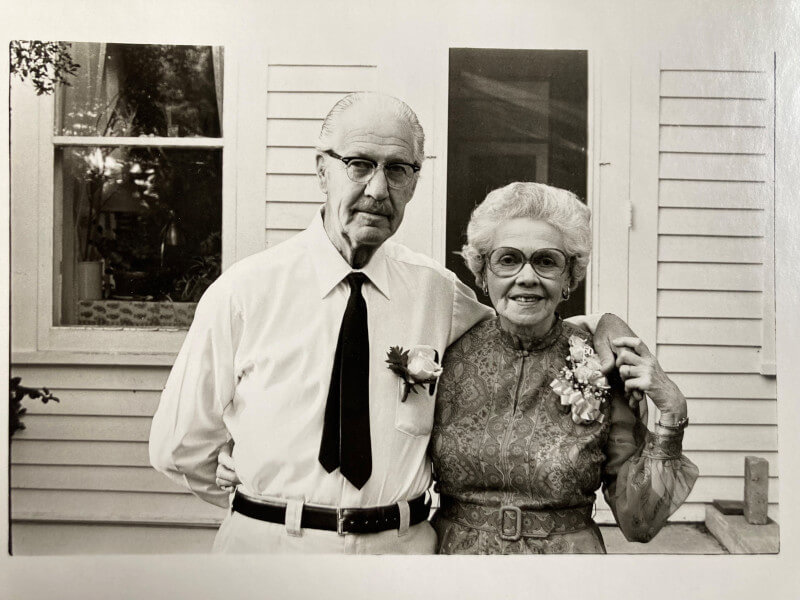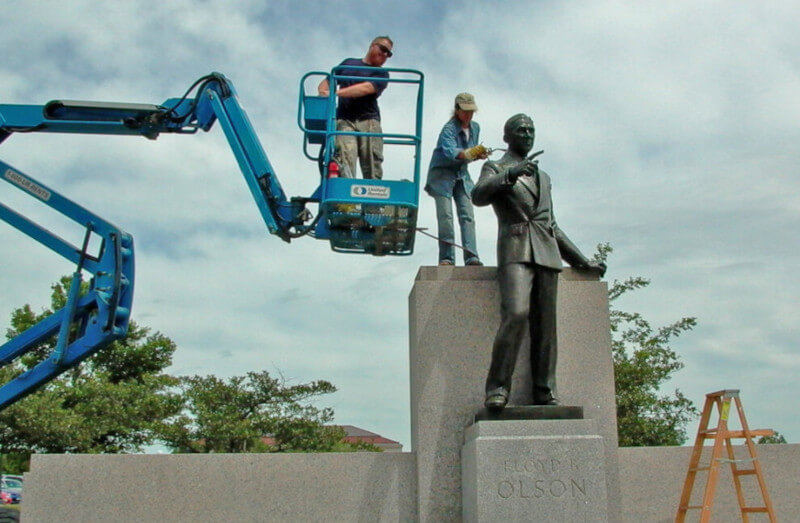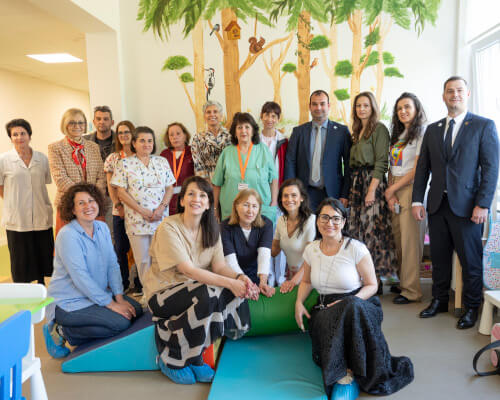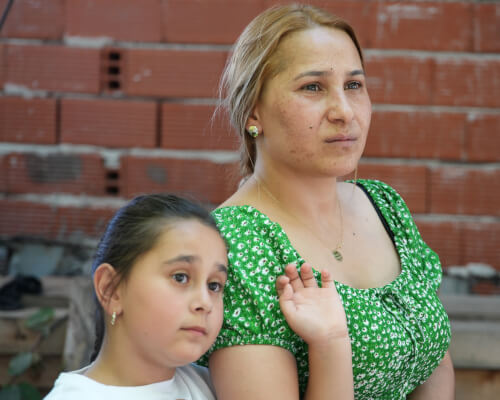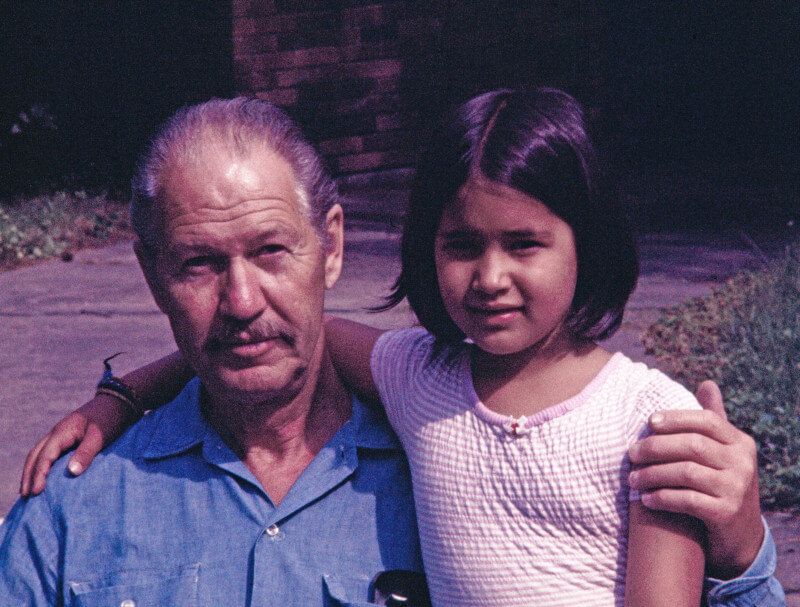
We all make that journey sooner or later in life—the journey in search of our roots.
The trip from Saint Paul, Minnesota, to Bulgaria this summer was just such a quest for Gita Ghei. The American visual artist and educator and her two daughters traveled the more than 5,000 miles to Europe’s southeastern corner to find out more about the place where Gita’s maternal grandparents had lived 60 years ago and that her grandfather had meticulously captured on film.
Gita and her companions started out in Sofia and made a large loop around the country. In the space of a week, they visited the Rila Monastery and nearby mountains; Bulgaria’s second city—Plovdiv; the ancient port of Sozopol on the Black Sea coast; and Veliko Tarnovo, the country’s medieval capital. They spent a couple of days touring Sofia and the surrounding area, specifically Vitosha Mountain, as well. Each place holds a special significance for Gita’s family—either because an important event in her grandparents’ lives happened there, or because the couple had loved visiting.
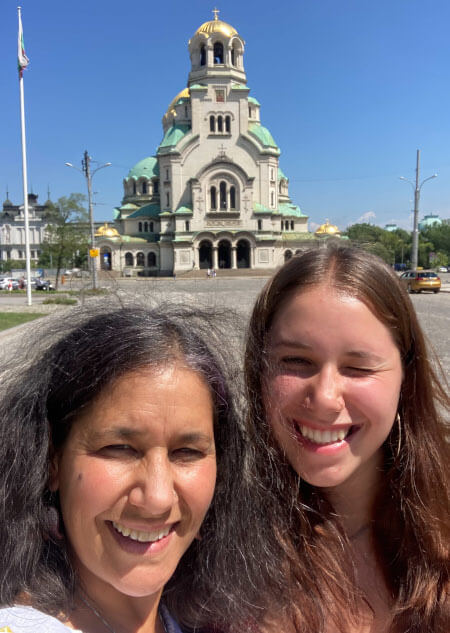
“I was inspired to get a car because my grandpa and grandma had traveled so much by car. For seeing the actual landscape, I figured it was the best thing to do. We went to a few smaller places this way,” Gita says.
Gita was close to her grandparents, Eugenie and John Anderson, all her life and cared for them at the end of theirs. A favorite memory of hers from that time is her grandfather’s recollections of life in Bulgaria, where his wife headed the US legation in Sofia from 1962 to 1964. John, who was an artist, had hung up his painter’s smock to be by Eugenie’s side in her important role as US emissary. Moreover, a camera was easier to travel with than canvases, easels, brushes, and paints.
“They supported each other in their own unique paths. Eugenie’s was a very public-facing persona, John was behind the scenes,” Gita says of her grandparents, who passed away in the late 1990s.
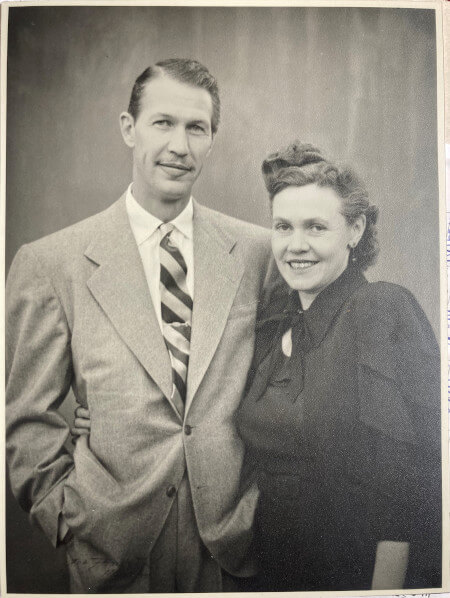
In both thought and action, her grandparents were way ahead of their time, with John’s staunch support of his wife’s career in politics being particularly moving. “Most men in his time would never allow or support their wives in this way. He was a creative, open-minded, and big-hearted person to the very end,” Gita says.
Bulgaria wasn’t Eugenie’s first diplomatic posting, but it was historic in several ways. It marked the first time a woman held the post of US ambassador to an Eastern Bloc country.
Eugenie was also the first woman ever to be appointed a United States ambassador: President Harry S. Truman had named her US ambassador to Denmark thirteen years earlier, in 1949.
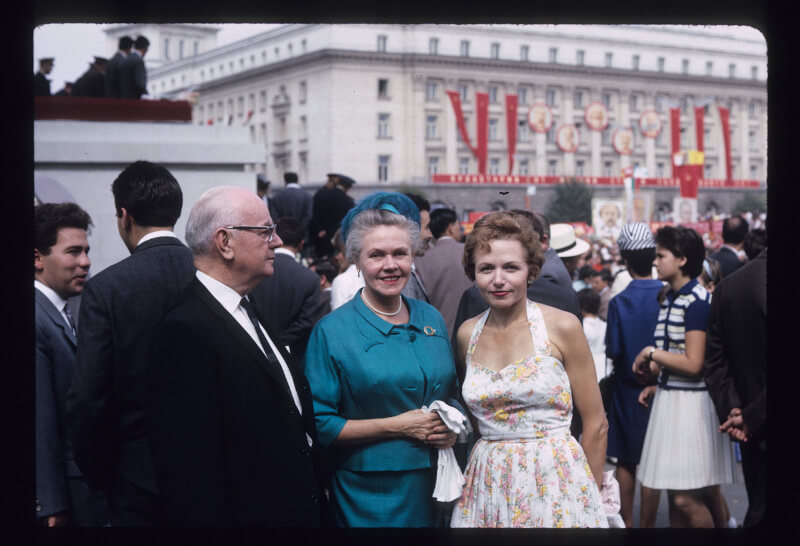
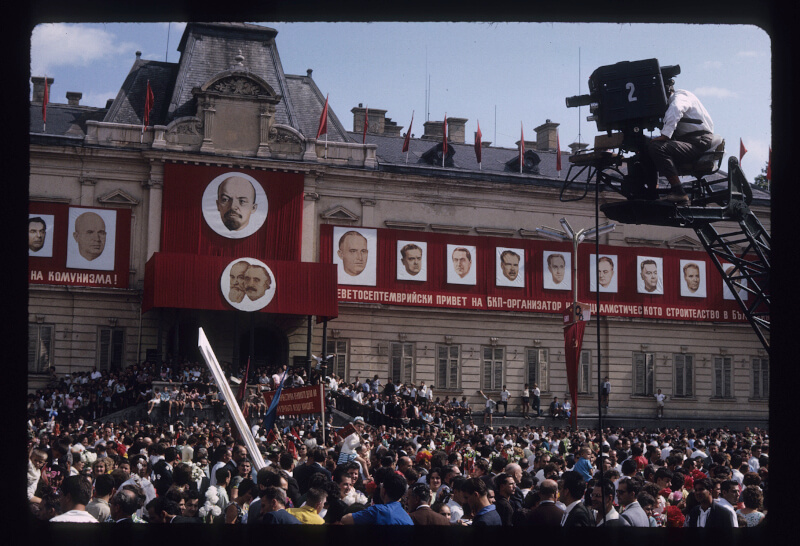
The Bulgaria appointment also made family history: it cemented the Anderson family tradition of chronicling, in photographs and meticulous diary entries, the couple’s travels around the world.
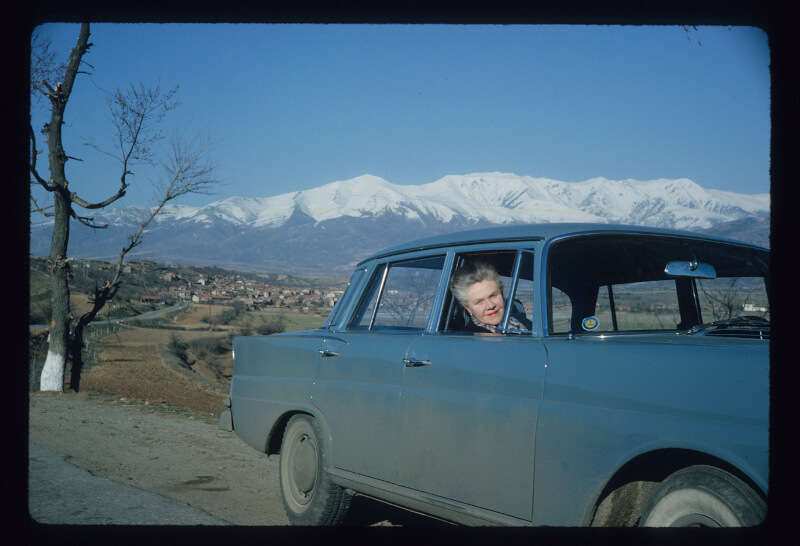
Although John left behind around 450 rolls of film, or nearly 14,000 photographs, the Bulgaria set is particularly special to the family. Numbering more than 100 rolls, or about 3,000 photos, it is the largest archive of photographs from a single place that John took abroad. Although the Bulgarian communist regime did not make the couple’s lives easy, the two made some genuine friendships in Bulgaria, several lasting a lifetime.
Last but not least, Bulgaria reminded the Andersons of the Minnesota landscape they had made their home and where they raised their two children. Gita is the youngest child of John and Eugenie’s daughter, Johanna Ghei.
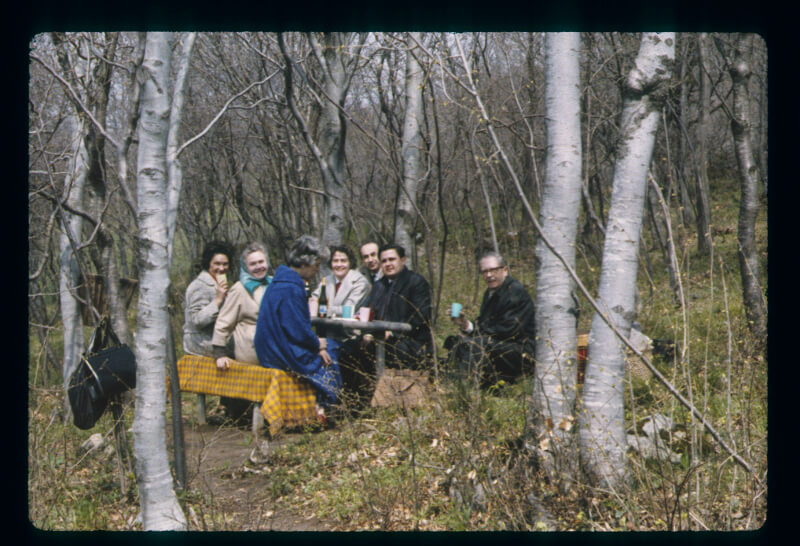
Eugenie’s posting to Bulgaria coincided with a watershed Cold War moment—the 1962 Cuban Missile Crisis, the closest the United States and the Soviet Union came to nuclear conflict. Then in 1963, the Bulgarian authorities were angered when ordinary Bulgarians left condolence notes and objects in the wake of President John F. Kennedy’s assassination. Later in the year, the regime organized a rock-throwing demonstration against the US legation.
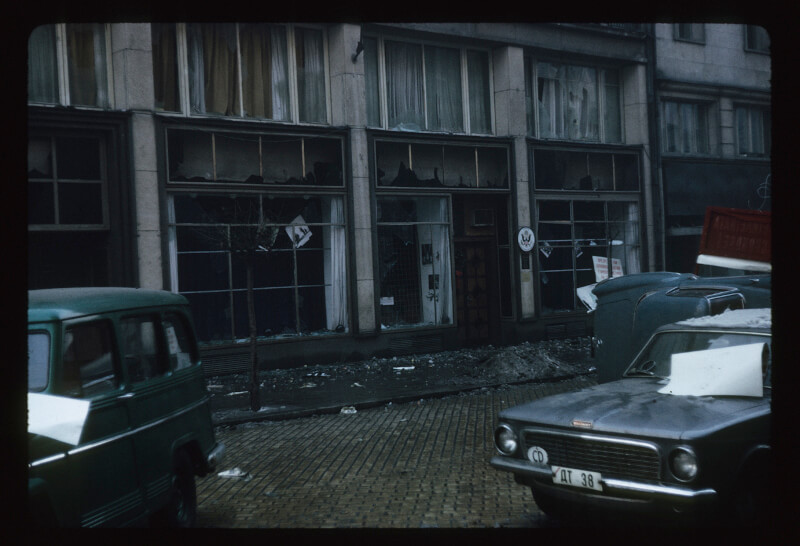
Gita, who is an art conservator and studied ancient history and archeology in college, thinks it is important to preserve the memory of a bygone era and the people who infused it with meaning.
“Preservation is something that I care about. I love the idea of preserving history. Our culture is so focused on the future and what’s new and what’s next. That’s wonderful, but it only goes so far, [it] only goes in one direction. There is so much joy in the study of the past. I like to take time to focus on that,” Gita says.
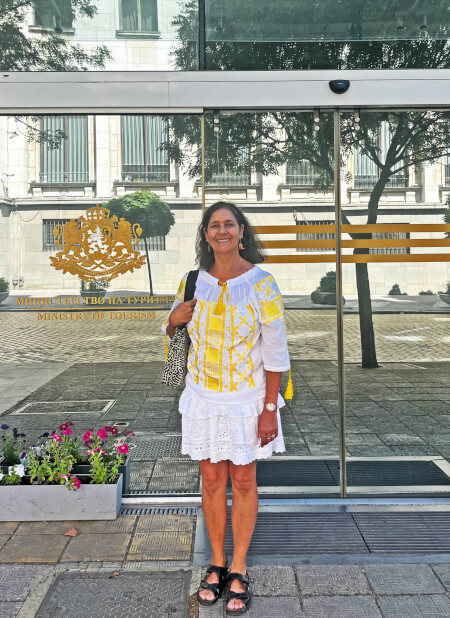
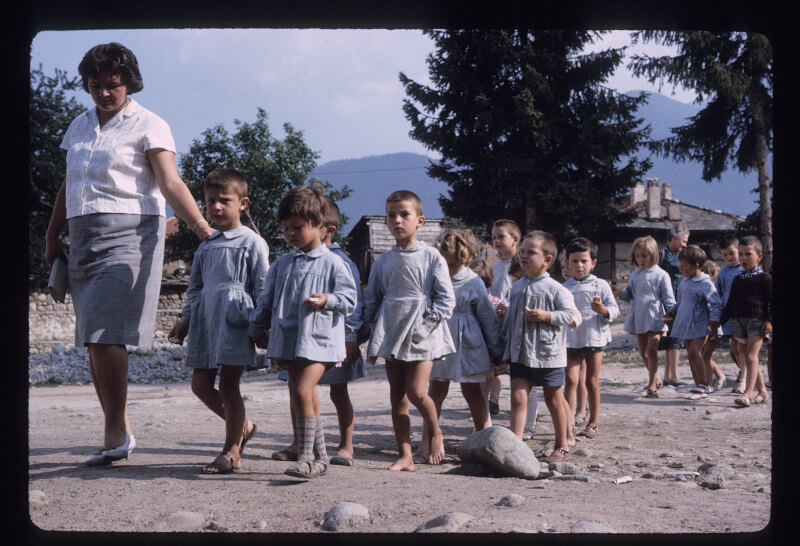
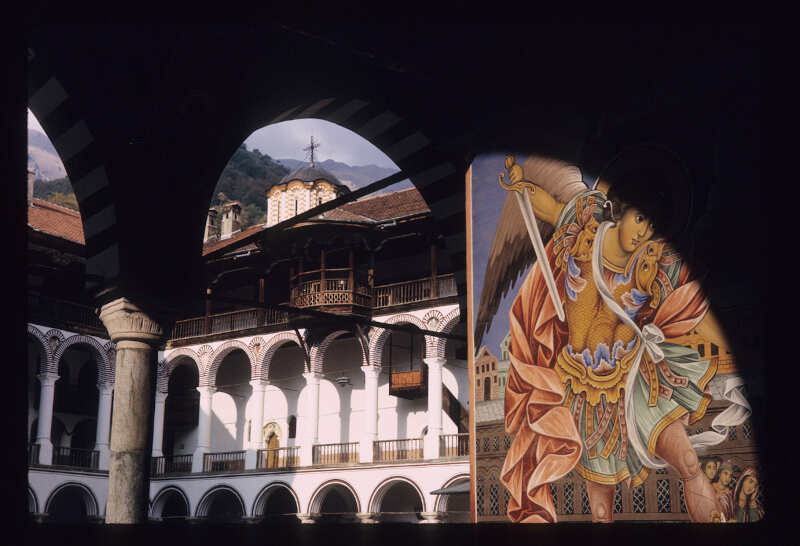
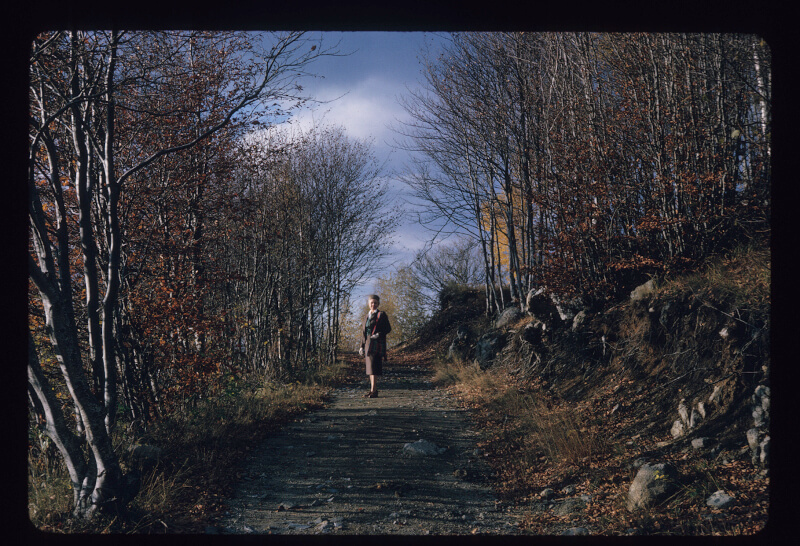
Although Gita and her companions covered a lot of ground during their summer 2023 trip, Gita plans to come back to retrace more of her grandparents’ steps. She also hopes to publish a photo book of John and Eugenie’s Bulgaria years.
Gita has also been working on setting up a digital catalog making her grandfather’s photography accessible for posterity. John captured not only incredible vignettes of ordinary people’s lives in 1960s Bulgaria but also several historic moments in both Bulgarian-American and East-West relations.
“No one was traveling around with cameras in those days. It’s a pretty unique degree of history that’s shown in the photos,” Gita says.
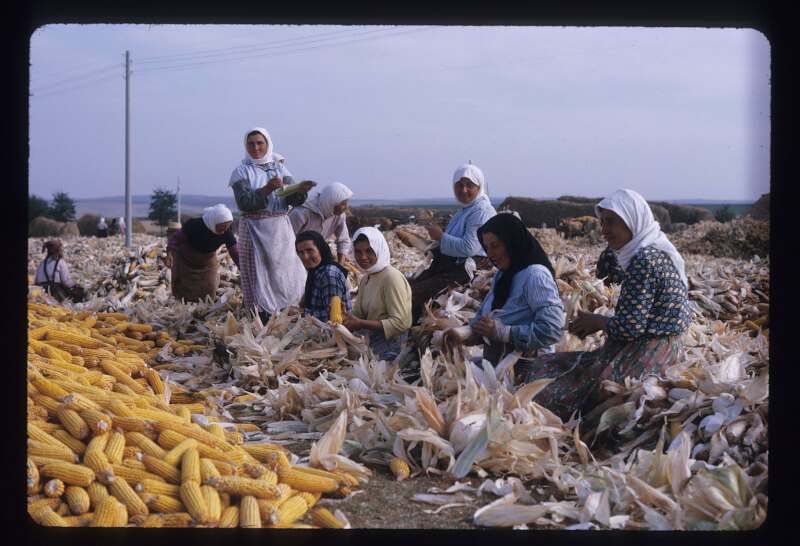
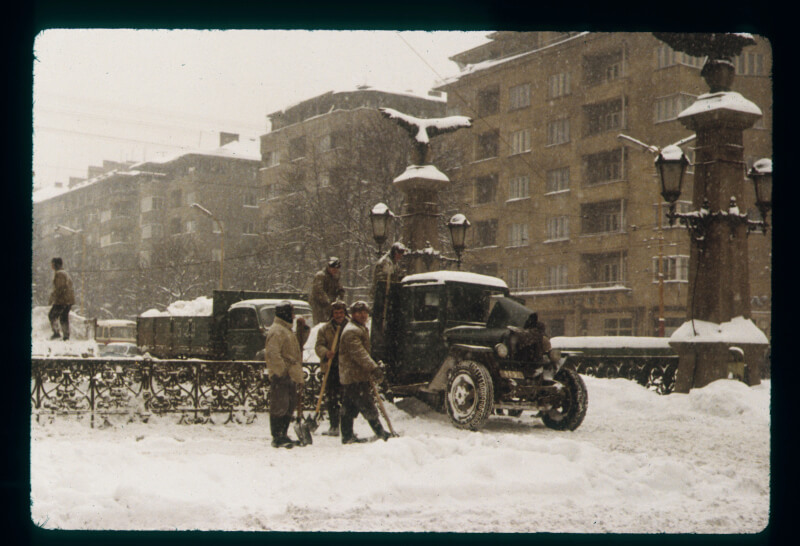
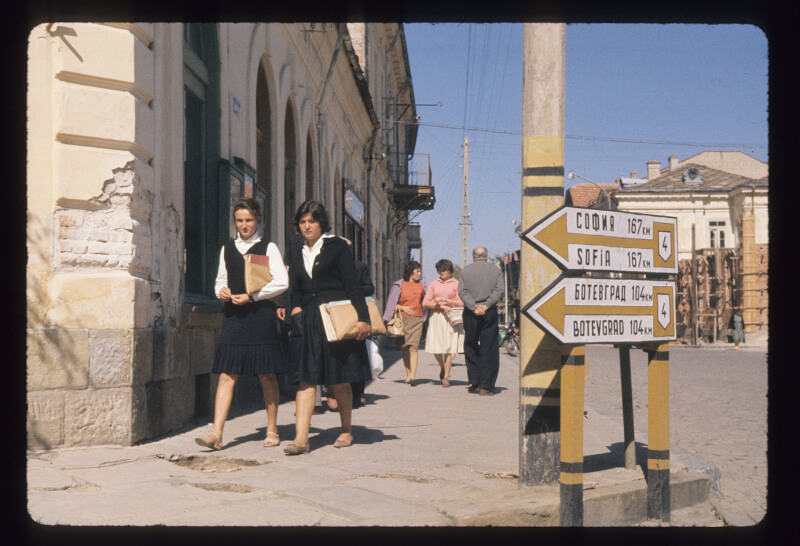
Gita hopes to be able to find some of the photo subjects’ relatives, particularly family members of the US legation’s Bulgarian staff, who were close to her grandparents and are featured in many of John’s photos.
